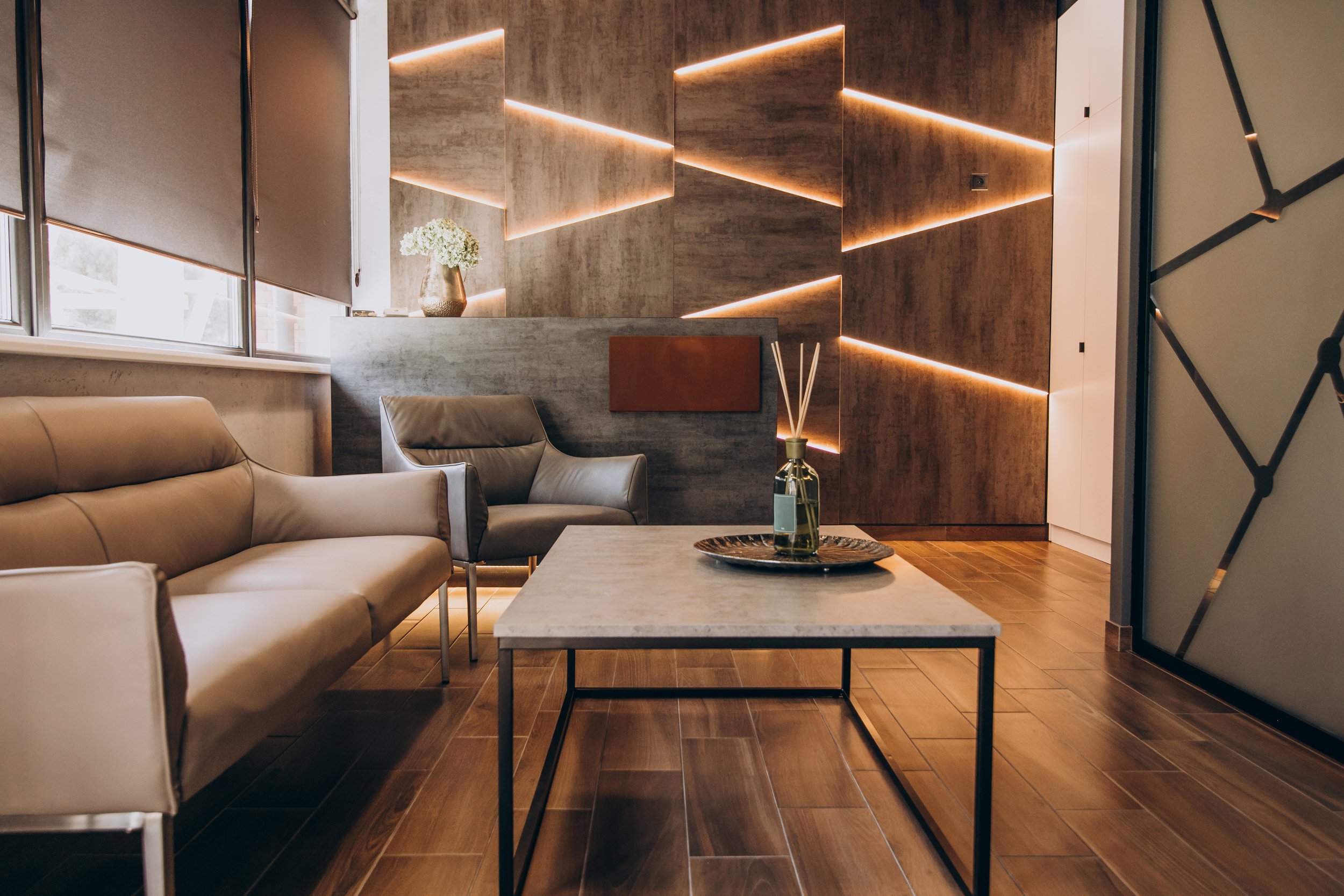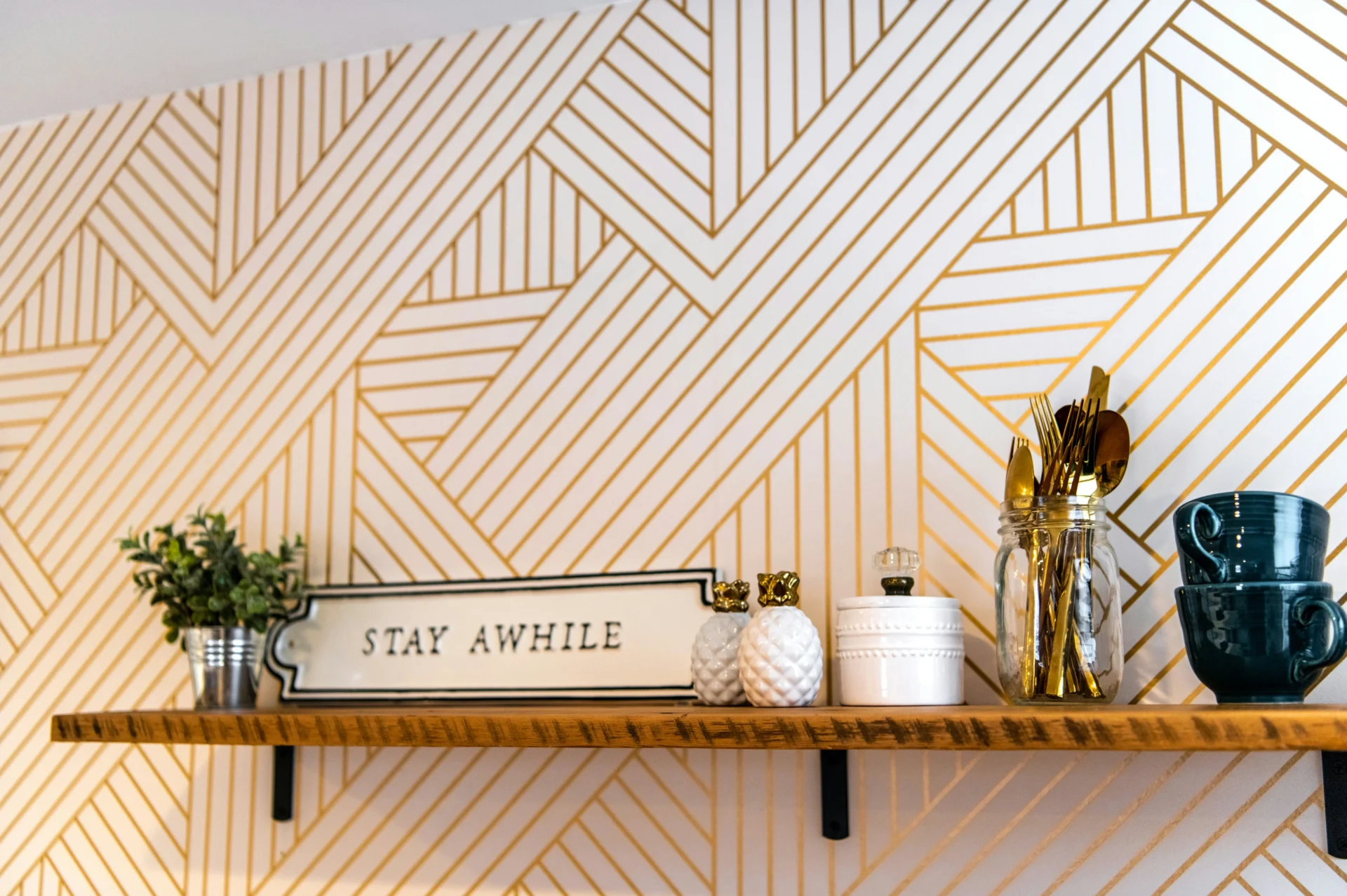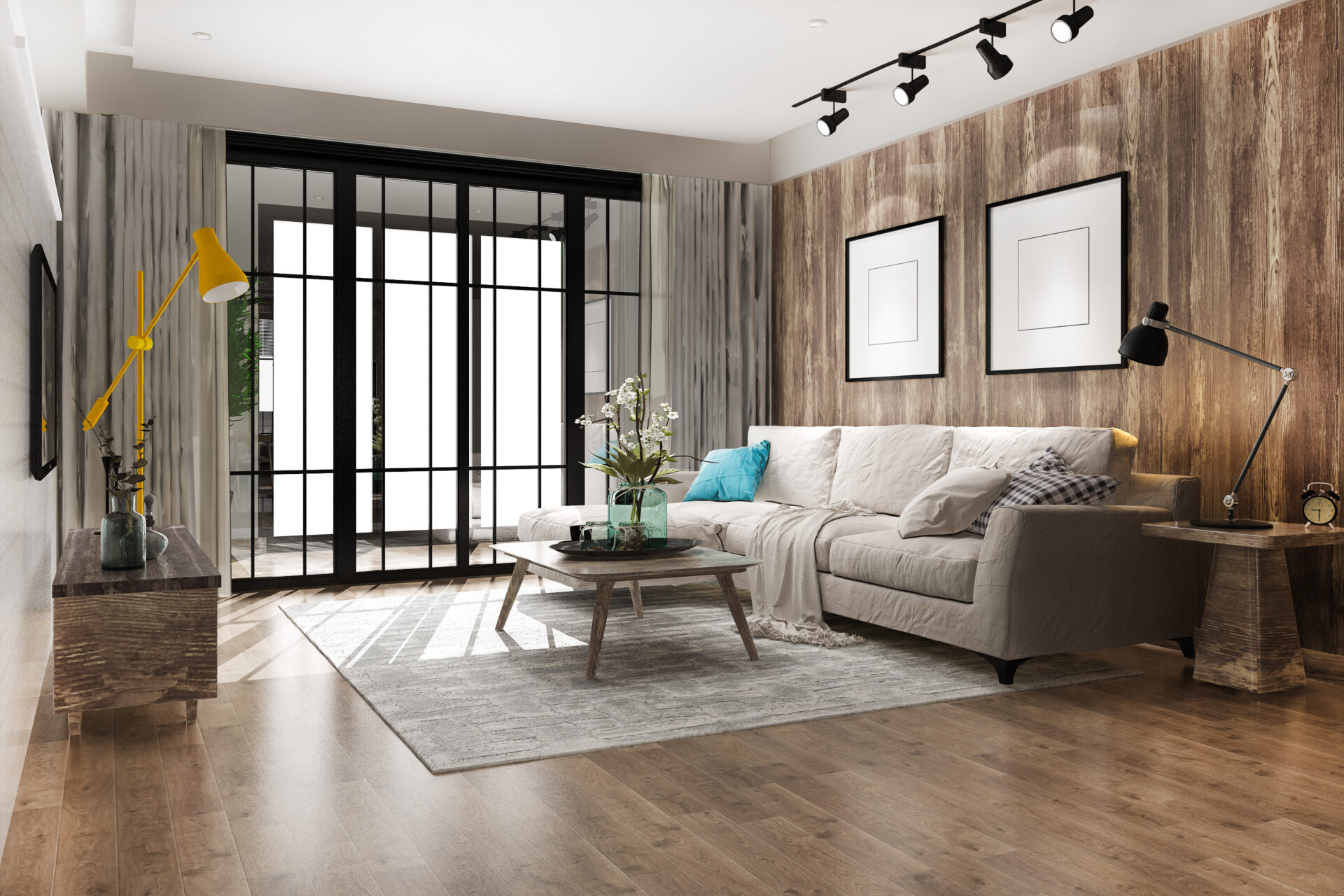
Using Interior Architecture To Enhance Your Home Lighting
Contact UsIn today’s world, lighting is not just about functionality; it’s a crucial element in creating ambiance and elevating your home’s aesthetics. Interior architecture plays a pivotal role in this regard, offering innovative ways to enhance your home lighting. Let’s delve into the synergy between interior architecture and lighting design, unveiling how it can transform your living spaces.
When thinking about interior architecture, it’s essential to consider lighting as an integral part of the design process. Proper lighting can accentuate architectural features, create focal points, and set the mood for various rooms in your home.
Illuminating Your Space: A Symphony of Natural and Artificial Light
Maximising Natural Light: One of the fundamental principles of interior architecture is harnessing natural light. Large windows, skylights, and strategically placed openings can flood your spaces with daylight, reducing the need for artificial lighting during the day. This not only saves energy but also creates a vibrant and inviting atmosphere.
Optimising Artificial Lighting: Interior architects are experts in optimising artificial lighting to suit your needs and preferences. They can strategically position fixtures, select the right type of bulbs, and incorporate dimmers and smart controls to create flexible lighting schemes that adapt to different activities and times of day.
Creating Ambiance: Interior architecture goes beyond functionality; it’s about crafting an ambiance that reflects your style and enhances your well-being. Lighting is a powerful tool in achieving this. With the right design, you can transform a room from a bright, energetic space to a cosy, intimate haven with just the flick of a switch.
Highlighting Architectural Features: Your home’s architectural features, such as exposed beams, columns, or unique textures, can be brought to life with thoughtful lighting. Interior architects use techniques like uplighting, downlighting, and accent lighting to draw attention to these features, creating visual interest and depth.
Personalised Lighting Solutions: Every home is unique, and so are your lighting needs. Interior architects work closely with you to understand your lifestyle and preferences, tailoring lighting solutions that cater to your specific requirements. Whether you need task lighting for a home office, ambient lighting for the living room, or dramatic lighting for a gallery wall, they’ve got you covered.
The Artistry of Lighting Design
When it comes to interior architecture, lighting is more than just a practical necessity; it’s an art form. Consider it as the brushstroke that paints the mood and atmosphere of your living spaces. Interior architects like those at Thomas Vooght Design view lighting as a palette of possibilities, and they wield it with finesse.
Layering Light
Interior architects understand that a well-lit room is not achieved with a single light source but through the careful layering of light. They incorporate three main types of lighting:
-
Ambient Lighting: This provides overall illumination, ensuring a comfortable level of brightness in the room.
-
Task Lighting: Task-oriented areas like kitchens and workspaces benefit from focused lighting to enhance functionality.
-
Accent Lighting: Highlighting architectural details, artwork, or specific features with accent lighting adds depth and drama to your interiors.
Playing with Shadows
Shadows are an often-overlooked aspect of lighting design. However, they play a significant role in creating depth and dimension. Interior architects understand how to use shadows strategically, emphasising textures and forms to sculpt your space visually.
Colour Rendering
The colour of light can dramatically affect the way we perceive our surroundings. Interior architects consider colour rendering index (CRI) when selecting light sources to ensure that colours appear true and vibrant. This attention to detail ensures that your home looks its best, day or night.
The Psychology of Lighting
Lighting has a profound psychological impact on our well-being. Interior architects take this into account, crafting lighting schemes that align with the emotions and functions of different areas within your home.
Relaxation and Productivity
In spaces where relaxation is key, such as the bedroom or living room, interior architects utilise warm and soft lighting to create a cosy atmosphere. Conversely, for areas where productivity is essential, like home offices, they opt for cool, task-focused lighting that boosts alertness and concentration.
Circadian Rhythm
Understanding the body’s natural circadian rhythm, interior architects can integrate lighting systems that mimic natural daylight. This not only enhances comfort but also promotes better sleep patterns and overall health.
Sustainability and Energy Efficiency
In an era of environmental consciousness, interior architects prioritise sustainable lighting solutions. They incorporate LED technology and energy-efficient fixtures, reducing both your carbon footprint and energy bills.
Embrace the Illuminated Transformation
As you explore the world of interior architecture and lighting, you’ll begin to see your home in a new light, quite literally. It’s a transformation that goes beyond aesthetics, touching the very essence of how you experience your living spaces.
So, whether you’re redesigning your home from the ground up or simply looking to enhance your current space, remember that the art of interior architecture, combined with thoughtful lighting design, can turn your house into a luminous, welcoming, and harmonious haven. Thomas Vooght Design is here to guide you on this enlightening journey.




